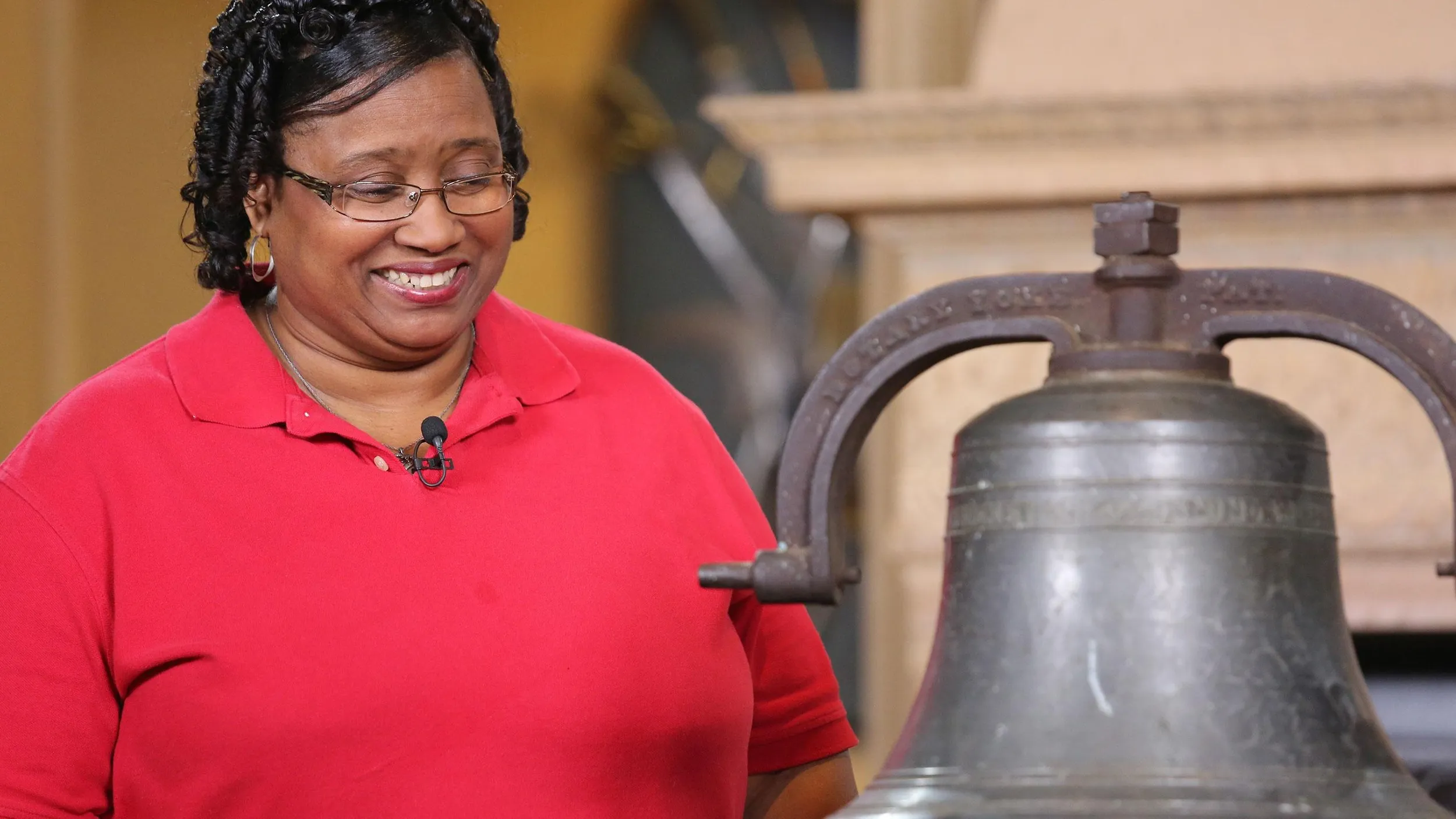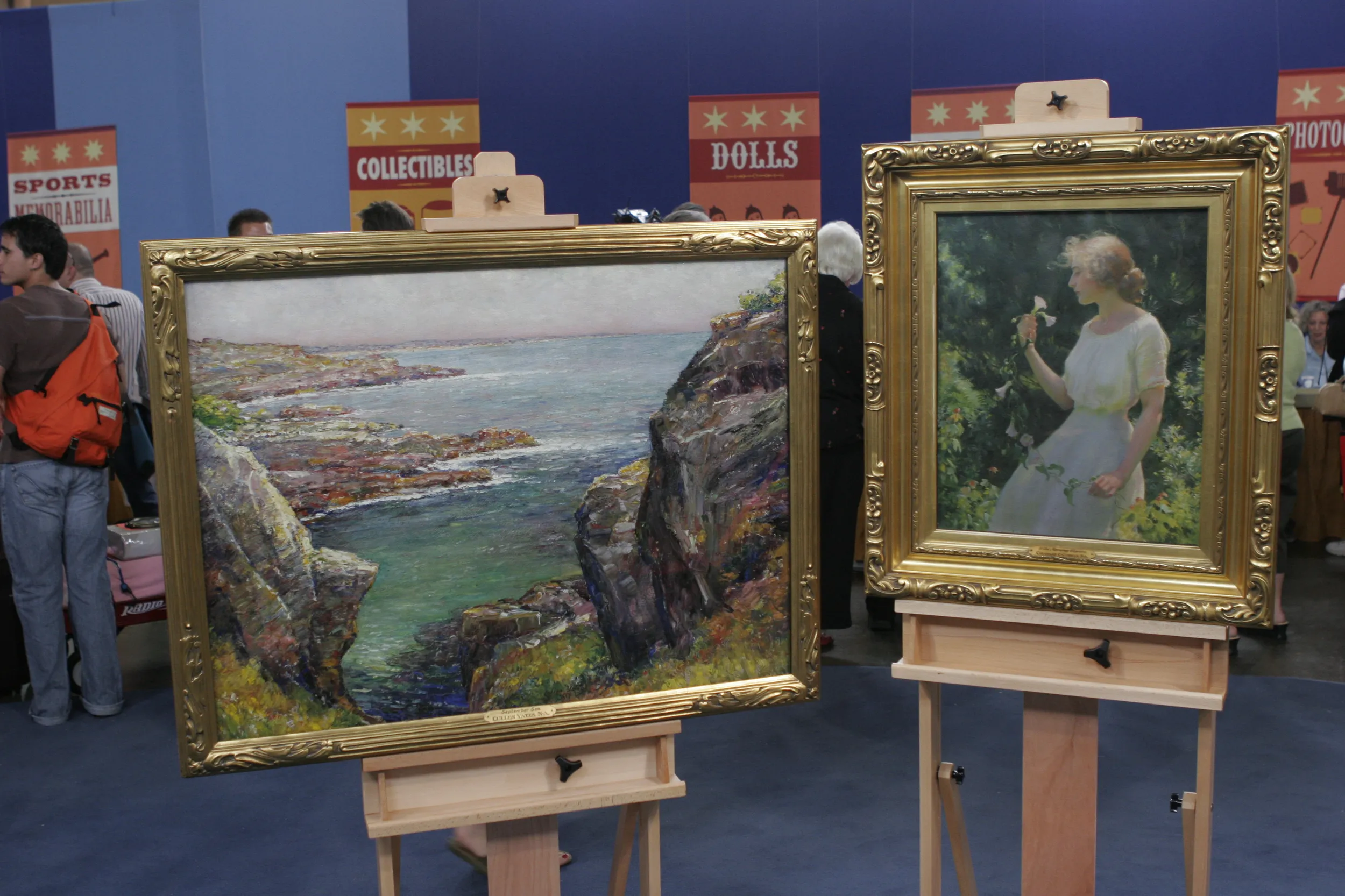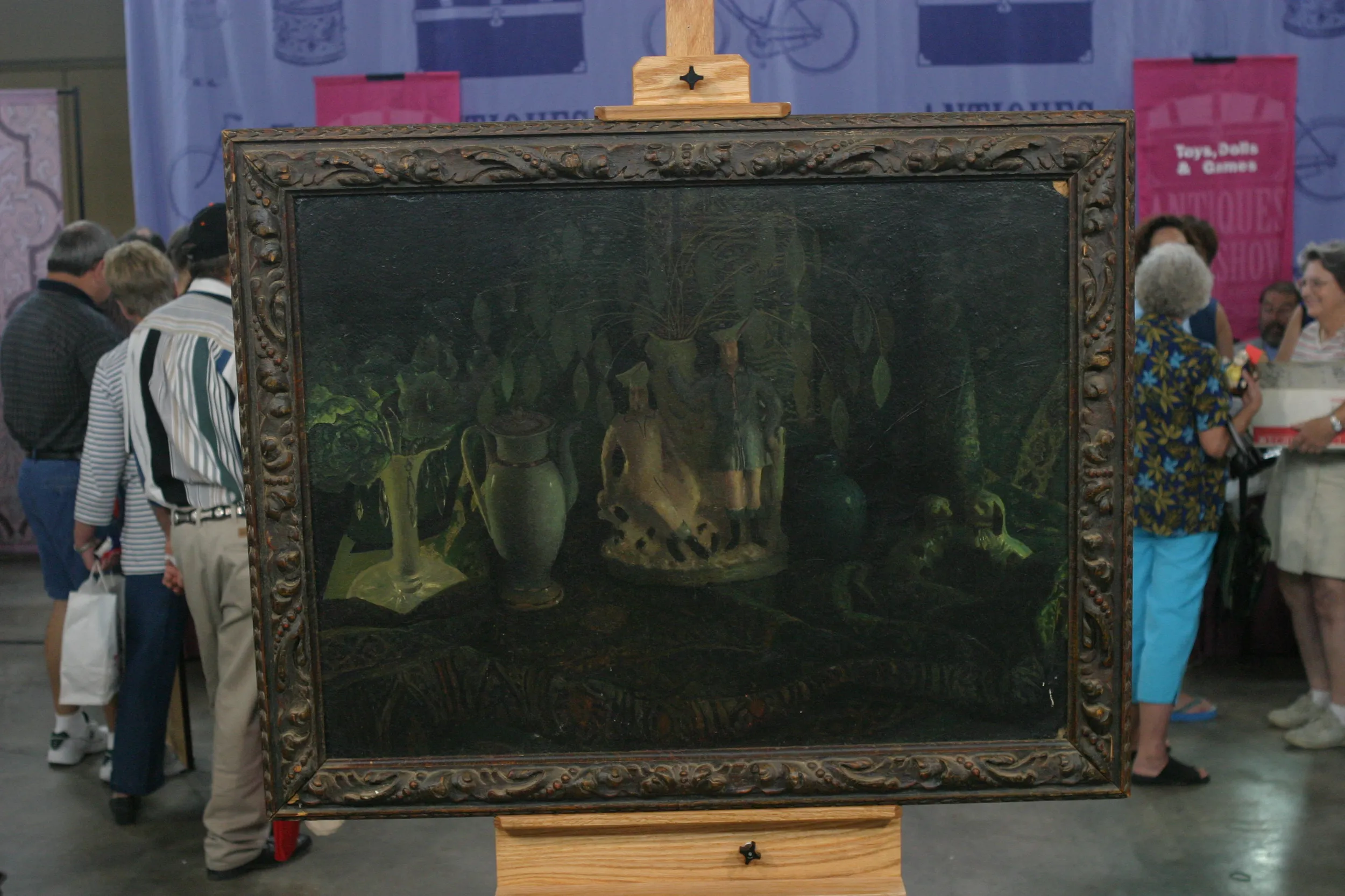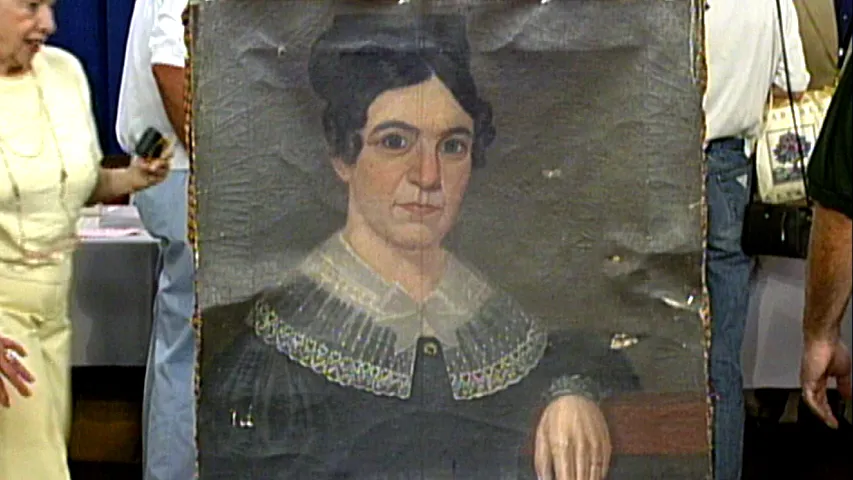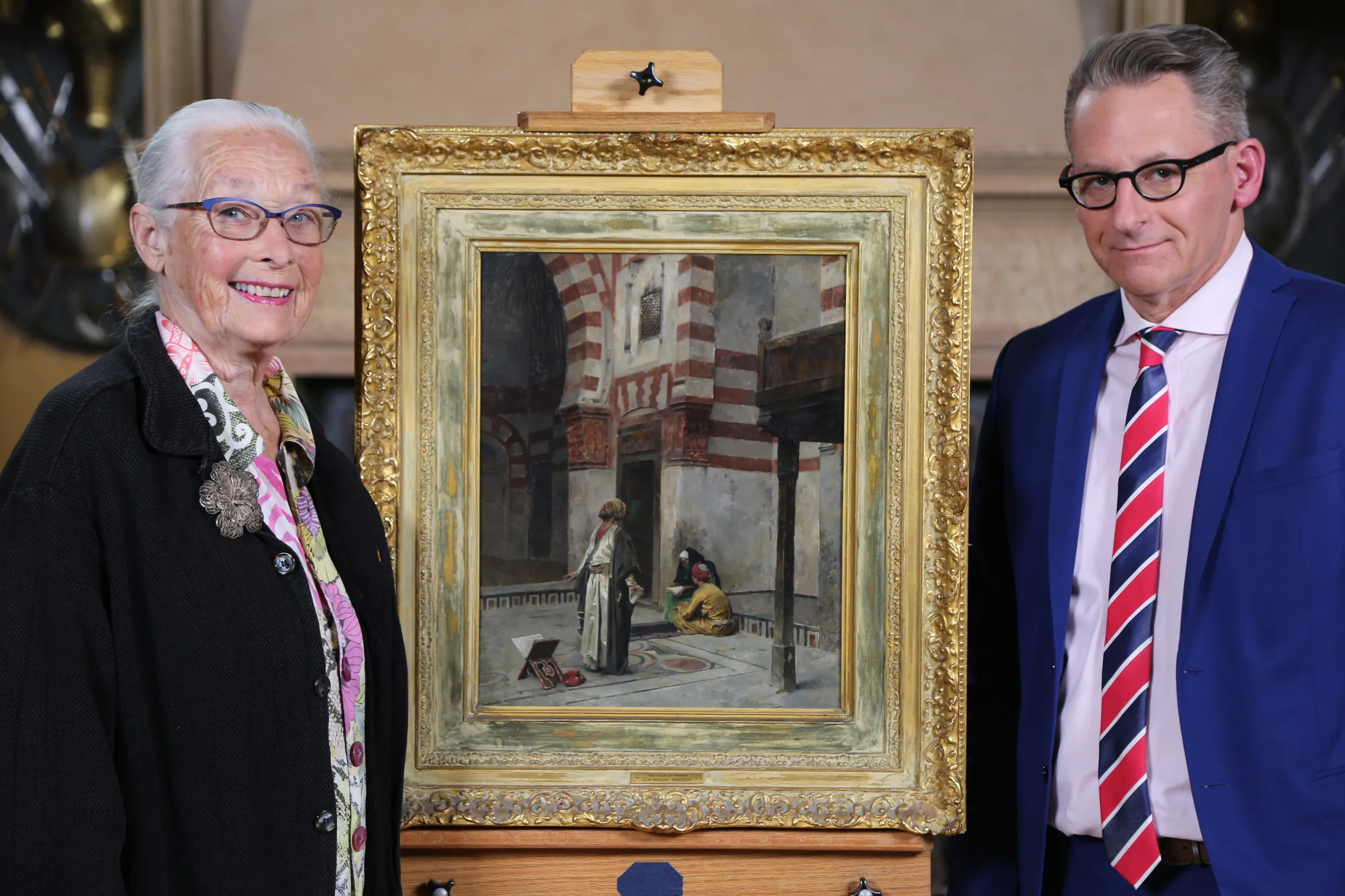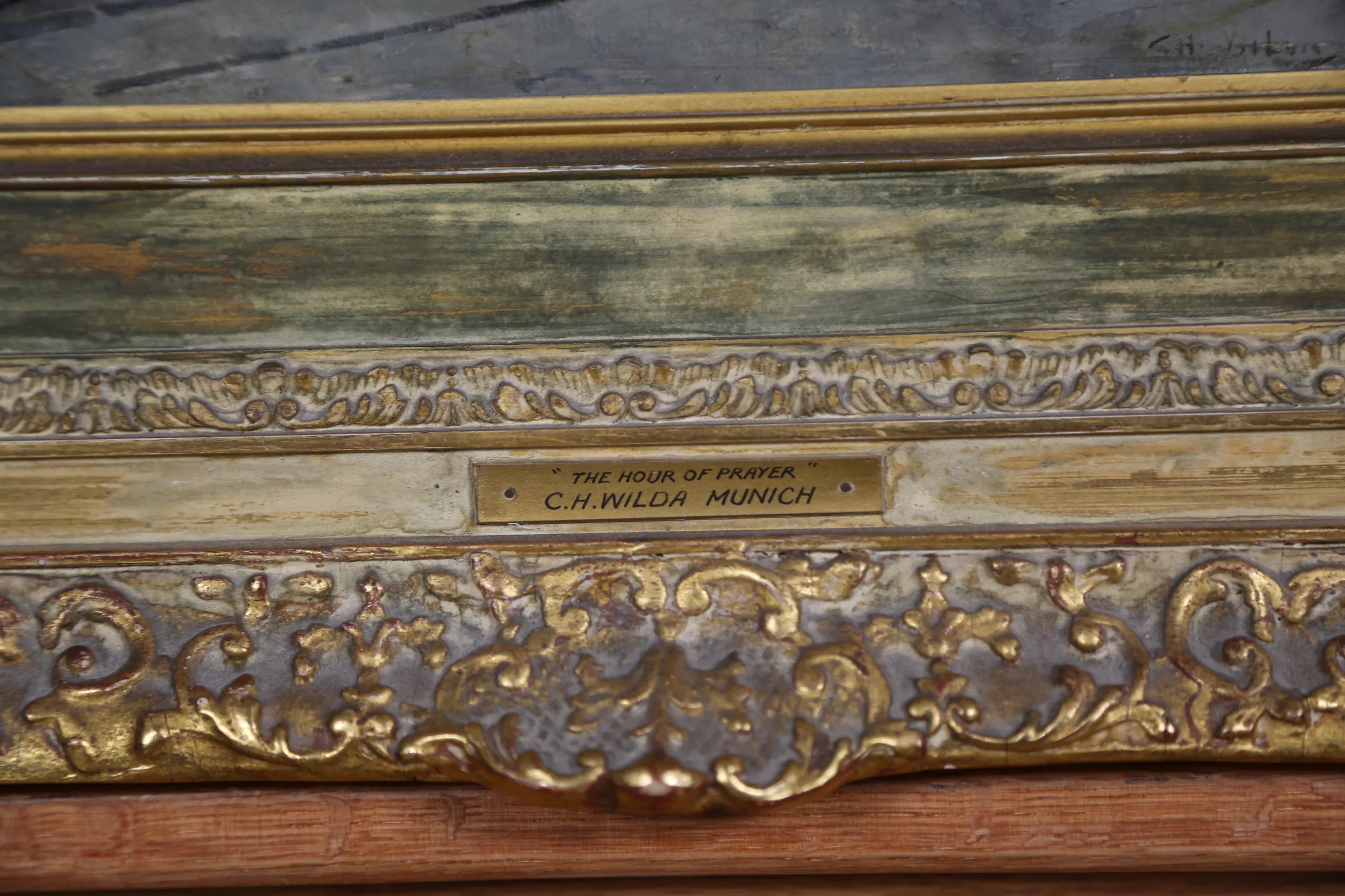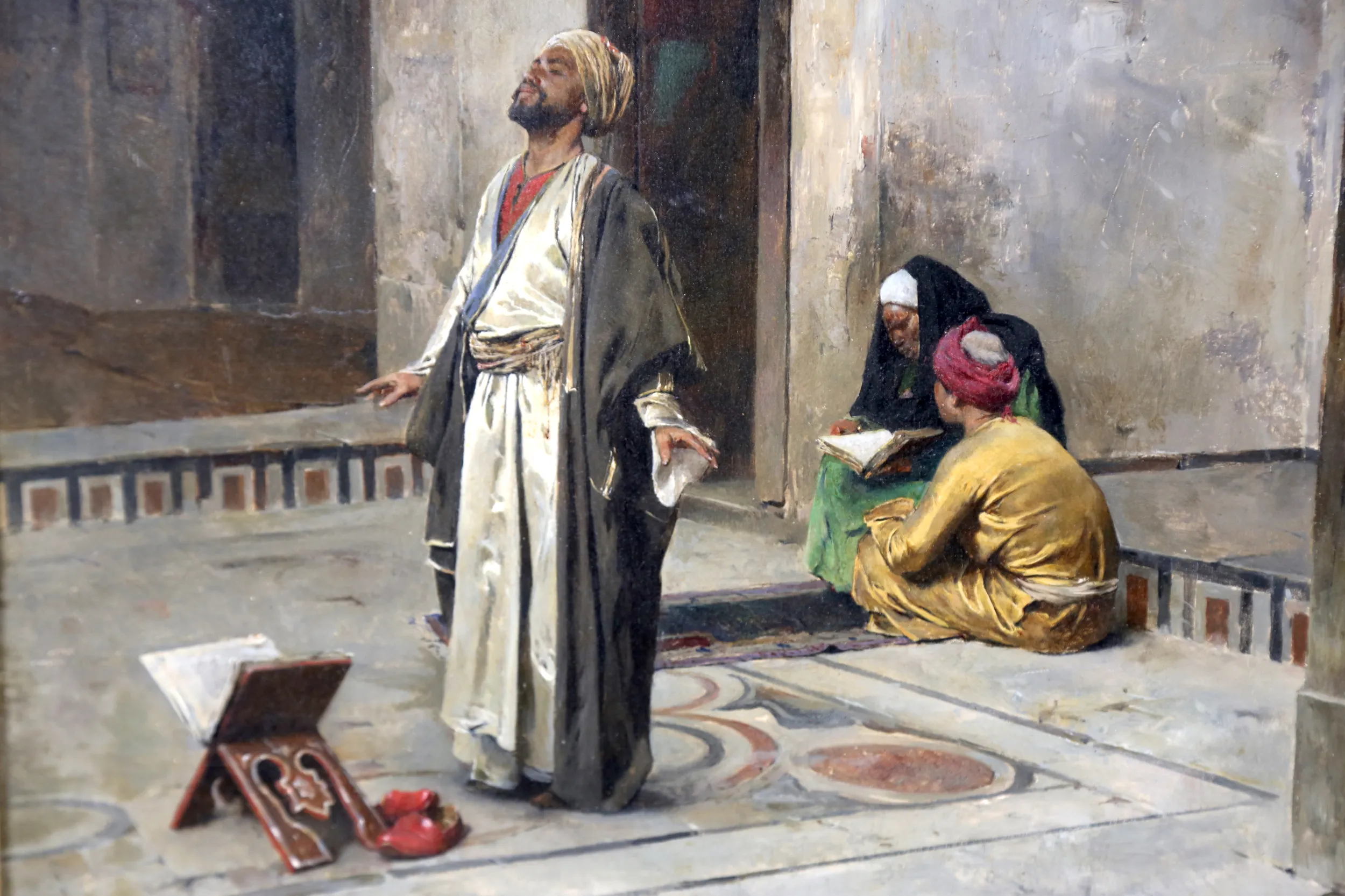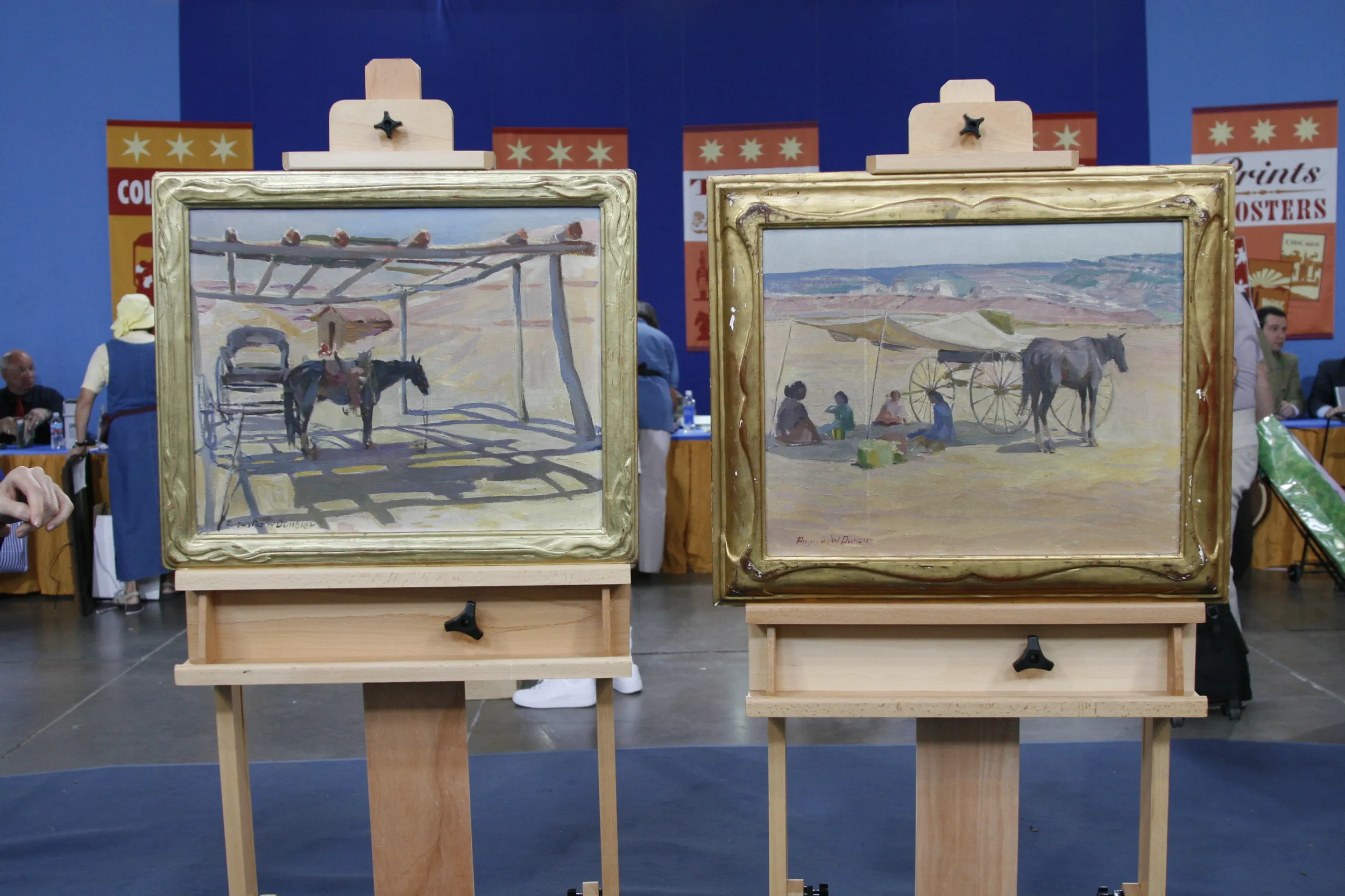GUEST: It came from Canada. My stepfather had it, bought it back in 1929, and it has just worked its way down to me.
APPRAISER: You've had it for roughly how many years?
GUEST: Since '66.
APPRAISER: Do you know anything about the artist?
GUEST: Not particularly, other than he was sort of in the late 1800s, maybe right around 1900, and he did a lot of spiritual painting.
APPRAISER: Well, I think spiritual's an excellent way to define the characteristic, the feeling we get when we see this painting.
GUEST: Right.
APPRAISER: The artist is Charles H. Wilda, who is an artist born in 1854, died in 1907. He grew up in Vienna. He had a studio, actually, in Cairo. And he is part of what you were alluding to, a movement in art that became extremely popular at the tail end of the 19th century, which today is referred to as Orientalism. The painting's an oil on panel.
GUEST: Okay.
APPRAISER: It's an original painting. And it's signed here, "C.H. Wilda." A little hard to see.
GUEST: I was going to say, you've got better eyes than I do, that's for sure.
APPRAISER: And the painting is called "The Hour of Prayer." And, in particular, the expression on the gentleman's face who is engaged in prayer, I find to be really beautifully painted. It's a real evocation of his spirituality, of, of his being in prayer. Orientalism really captures everyday life. And this was all part of a coinciding interest, a subsequent interest which took hold in the 19th century in Europe of all things North African, Near Eastern, Middle Eastern. The detail is wonderful-- the way that the figures are rendered, the architectural detail, the smooth surfaces, the attention to the texture of the surfaces. It is absolutely a beautiful painting and a great example of Orientalist art. The overall market for Orientalism? Strong. Was very strong for a while, there was a little bit of a decline, but there's been a real resurgence in interest in Orientalist art. Wilda happens to be an artist who's a little bit lesser-known in this area, but who has done extremely well with some of his paintings at auction. I would date the painting roughly to about circa 1880, 1890, somewhere in there, although it's worth noting that the painting is not dated. Do you have a sense of what the painting might be worth?
GUEST: Somebody had told me, "Oh, $5,000."
APPRAISER: Well, I think... I think there was a time when the painting probably did have a fair market value of $5,000.
GUEST: Yeah.
APPRAISER: How many years ago did you receive the estimate of $5,000?
GUEST: Oh, probably 15.
APPRAISER: I would say, in 2018, if your painting came to auction, we would value it at $30,000 to $50,000.
GUEST: (stammering) Now... Oh, okay. Well... wow! (laughing) I don't know what else to say. Oh, my goodness. I... Forget those "$5,000" people, that's... (laughing) Oh, my goodness!

